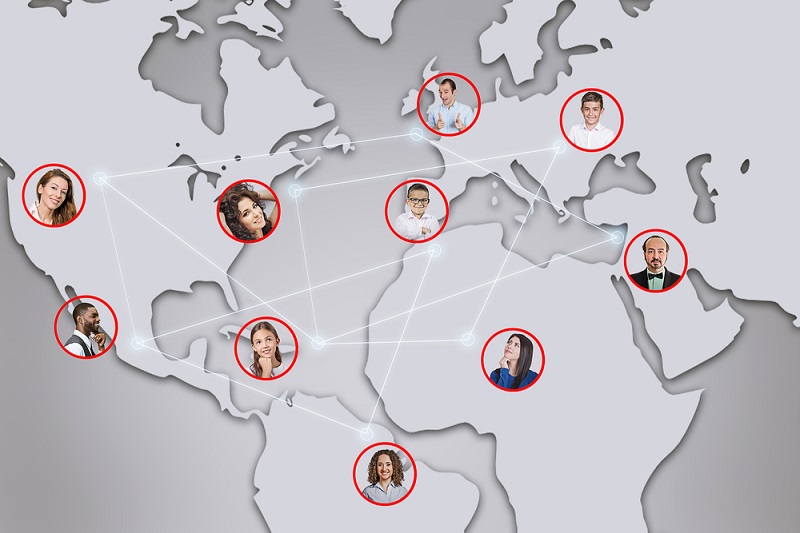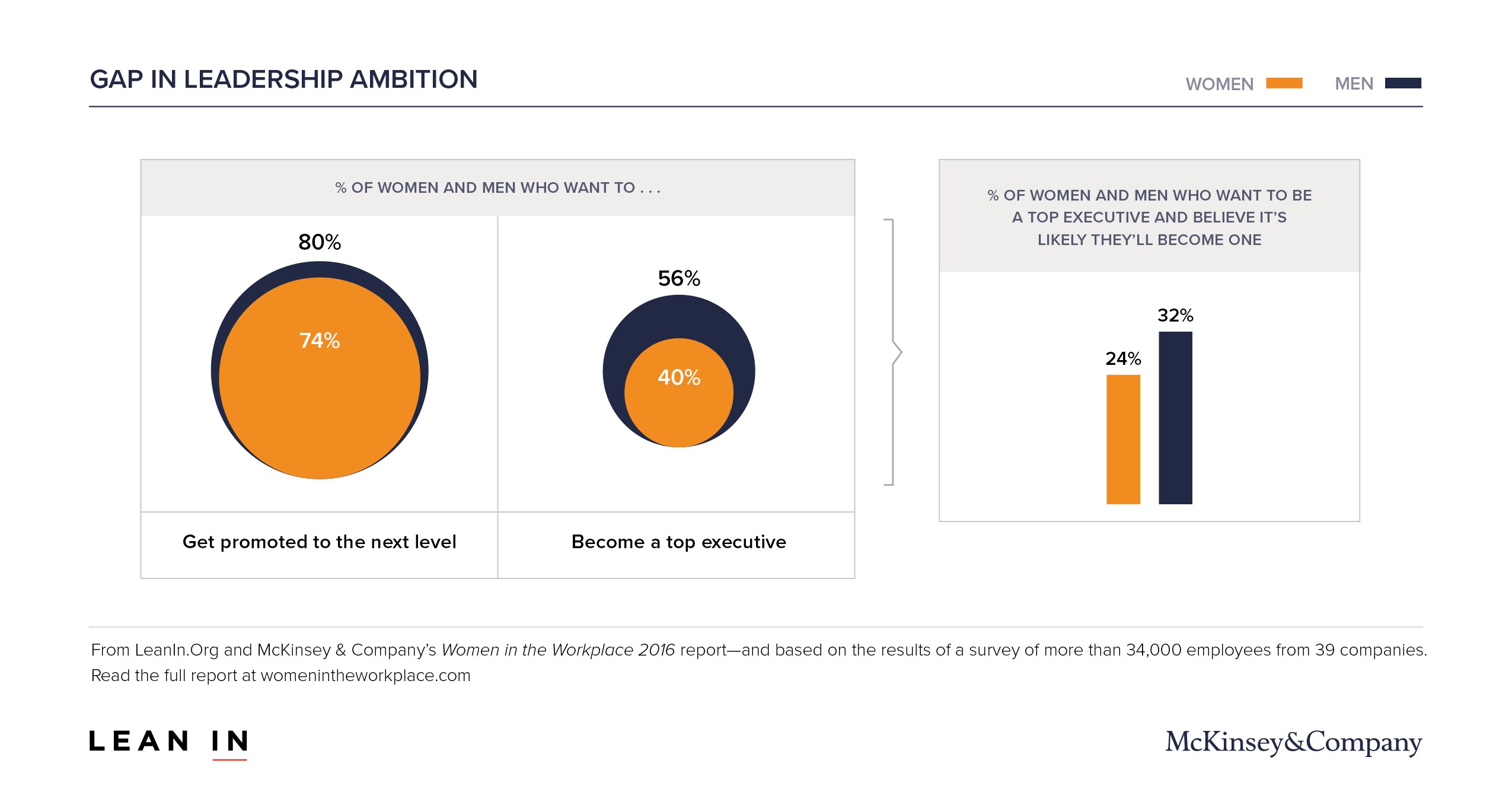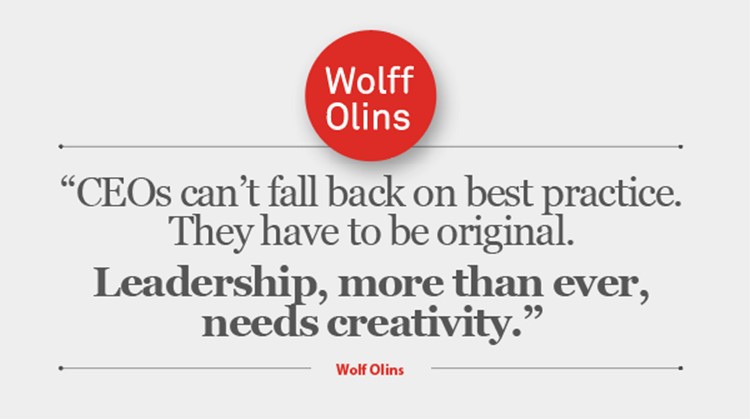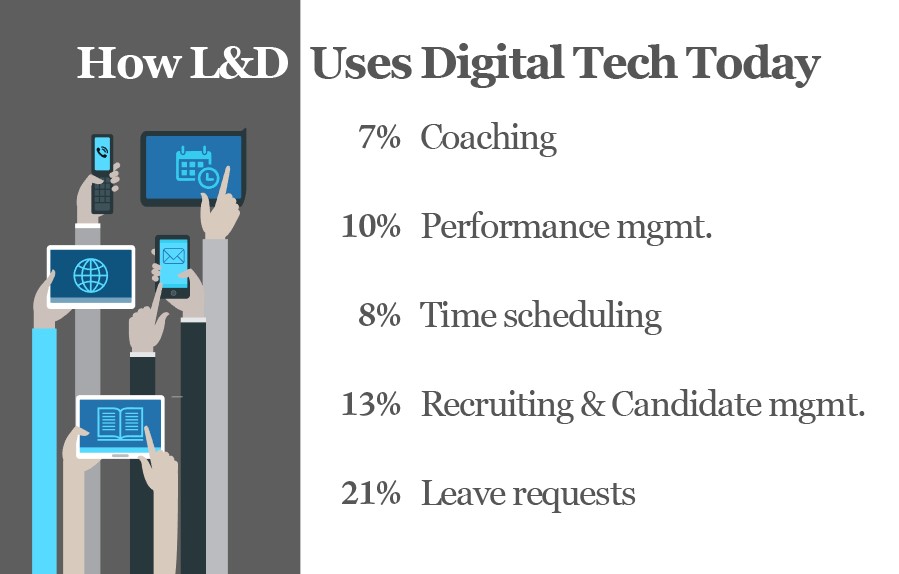
Currently a Consultant in the Well-being business, Jessica Farquhar Campbell has nineteen years experience coaching and teaching in various settings, private and public, with individuals and groups. She has taught in the nation's top writing programs at Purdue and University of Louisville. A veteran yoga and mindfulness practitioner, she is fueled by her passions for personal growth and well-being. One of her first teaching roles was as a behavioral therapist for children with autism.
As a graphic designer for the Air National Guard, she worked her way through undergraduate and graduate school, teaching and writing every step of the way. She holds a Master of Fine Arts in Creative Writing, "the new MBA," according to Fast Company, as innovation and creativity become priorities for businesses looking to thrive in the twenty-first century.
Topics
Top 5 Disruptions and Shifts in Business, Technology and Demographics

Original published February 22, 2017, updated March 31, 2020
Knowing your people and knowing them well is a critical competitive advantage. In today’s environment, most CEOs are clear that the talent strategy is integral to business strategy. But competitive advantage is all about strategy and speed. Which trends has your company begun to lead, and how can you get in front of the others before it's too late?
- There is a new wave of global assignments. According to a recent survey by PwC, international assignment levels have increased 25 percent over the last decade and could see another 50 percent growth by 2020. Not only is the war for talent ever-expanding globally, but your employees' needs are as well. How can you support their needs and yours, retaining your top talent from afar? Millennials will make up a majority of international assignments, according to the report, and will be motivated by “interest and opportunity, not necessarily monetary rewards.” An agile strategy will deliver talent to business needs in real time and have a workforce prepared to deliver results any time any place. See shift number 5, integrated digital HR strategy.

- Agile workforce pairs nicely with shrinking office space. Businesses adapting or eliminating traditional work setups will need to highlight the win-win value of sharing space and working outside the office. In the 2020s, the average amount of space per employee will drop to 150 square feet, down from 400 in 1985. More employees are working remotely, and companies can save millions of dollars by shrinking their real estate footprint. If you haven't started rethinking your office, there's more to consider than cost savings. Take a redesign as an opportunity to use the space you keep creatively and to maximize innovation. Make it a place your employees want to work because it drives better results. Think multipurpose (benches!), community (oval tables), and flex (desks that rise for standing). The internet is at no loss for inspiration in this department. And, beyond the issue of shrinking office space, a major consideration for an agile workforce lies in business continuity. According to U.S. Census data, 5.2% of U.S. workers completely worked at home in 2017 — that's about 8 million people. In the face of today’s challenges with COVID-19, remote work as a business continuity measure has been tested and is proving to keep operations afloat. As of March 2020, 88% of organizations have encouraged or required their employees to work from home, according to a Gartner, Inc. survey of 800 global human resources (HR) executives.

- Somebody's got to bridge the gender gap—why not you? Underused female talent is a universal opportunity whose time has come. According to McKinsey, it's time for a new playbook. Young women are now more likely than young men to graduate from upper, secondary general programs in almost all OECD countries, and while that trend continues, self-confidence is still a challenge for young women. Among 15-year-old students, stereotypical notions about girls not being good at math persist, according to the 2018 Programme for International Student Assessment (PISA).

Because many companies have been at this for a while, the first step should be to check in on your progress in numbers and in culture. It is also good to look at the data, as always, to understand your biggest opportunities for targeting new efforts. If you are considering rewriting your playbook, here are a few things to keep in mind.
- Close the Ambition Gap. Many studies have traditionally cited an ambition gap as the main reason women don't rise to the top. They could if they wanted to, the argument goes; if you really want women in your senior ranks, you need to make it a more attractive residence.
- Consider Sponsorship. While the latest data shows an 8% gap between the number of women versus the number of men who see themselves at the top, the Center for Talent Innovation has uncovered that black women might disrupt that. According to their study, black women are 2.8 times as likely as white women to aspire to a powerful position with a prestigious title. To unlock that potential, the study recommends sponsorship. There, I just wrote half your playbook for you.

- Try broadening how you define leadership. 86% of CEOs report big changes in their leadership practice; is your pipeline focused on the future? Top leaders are aware that their obsession with short-term success has to be balanced by an understanding of what is going to make their companies better in the long run. And for determining those long-term success factors, there is no easy formula. That is where unique ideas and personalities are critical.

That's what Wolff Olins found studying some of the world's most ambitious leaders: “We believe technology is changing culture everywhere in the world, leading to the emergence of a new model of leadership. What is clear, as leaders forge their own new models, is that the old ways no longer work. CEOs can’t fall back on best practice. They have to be original. Leadership, more than ever, needs creativity.” There is no one set of skills or roadmap that will get you to the top. There is no one set of skills or roadmap that will get you to the top. As the most successful companies are finding that their leaders are not traditional, they are scratching their heads when it comes to reverse engineering the leadership pathway. Pushing that even further into un-engineering might be the key, the study finds, recommending the creation of an “uncorporate culture”--something more fluid than has been seen in the past. Imagine a CEO this way, they advise: “less ringmaster and more Chief Designer of Company Culture.”
- Culminating here or underlying it all is the mandate for an integrated digital HR strategy. According to Bersin for Deloitte, most companies were set to undergo major restructuring in 2016, and getting this right is a top concern for CEOs. “Organizations don't change—people do,” wrote Nate Boaz and Erica Ariel Fox, and HR's new role is optimizing people's experiences. Whether your employee is distinguished by their desire to be in the international assignment rotation, their need for more collaborative space, a shift to remote work, or their c-suite ambition, how in tune with them are you?
In the latest Enterprise L&D Trends report, more than 200 HR, Business and L&D leaders shared their thoughts on digital strategy and the data speaks volumes about where the opportunities lie.
Preparedness and futureproofing are key:
62% of L&D professionals state that they do NOT have a proactive plan in place for handling major events (e.g., mergers, technology changes, market shifts) that could affect employees or internal knowledge set in 2020.And, addressing the needs of deskless and remote employee set all employees up for a much stronger digital strategy:
“Providing access to learning to those individuals WITHOUT desk jobs. How do we make learning useful and easily accessible? How do we develop an SME network to build internal learning opportunities to upskill and create wider learning networks? There’s a big opportunity to reboot our learning infrastructure to support the dynamic needs of preparing our workforce for escalating digital disruption.” - Talent Management Consultant, Top Academic Medical CenterHowever, most companies haven't cracked the mobile technology code; might I suggest this channel for understanding your talent and maximizing their contributions?

"Today, only 7 percent of companies use mobile technology for coaching, 10 percent for performance management, 8 percent for time scheduling, 13 percent for recruiting and candidate management, and 21 percent for leave requests,” the Bersin report reveals.
What do you know about your employees' mobile habits and preferences? How equipped are you to make the shift? "Digital HR, which brings together social, mobile, analytics, and cloud (SMAC) technologies, represents a new platform for improving the employee and candidate experience. While vendors are now delivering solutions, companies should build their own integrated digital HR strategies and programs."
Before you invest in another massive learning management system, consider its flexibility. Upgrading your strategy could be the key to meeting your employees where they are and give you the edge in the talent war.

Currently a Consultant in the Well-being business, Jessica Farquhar Campbell has nineteen years experience coaching and teaching in various settings, private and public, with individuals and groups. She has taught in the nation's top writing programs at Purdue and University of Louisville. A veteran yoga and mindfulness practitioner, she is fueled by her passions for personal growth and well-being. One of her first teaching roles was as a behavioral therapist for children with autism.
As a graphic designer for the Air National Guard, she worked her way through undergraduate and graduate school, teaching and writing every step of the way. She holds a Master of Fine Arts in Creative Writing, "the new MBA," according to Fast Company, as innovation and creativity become priorities for businesses looking to thrive in the twenty-first century.

